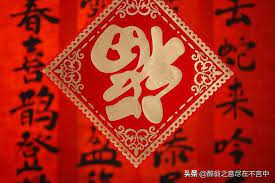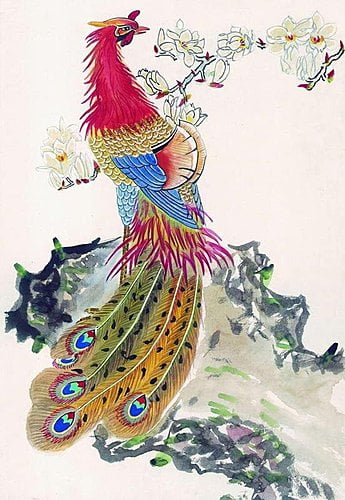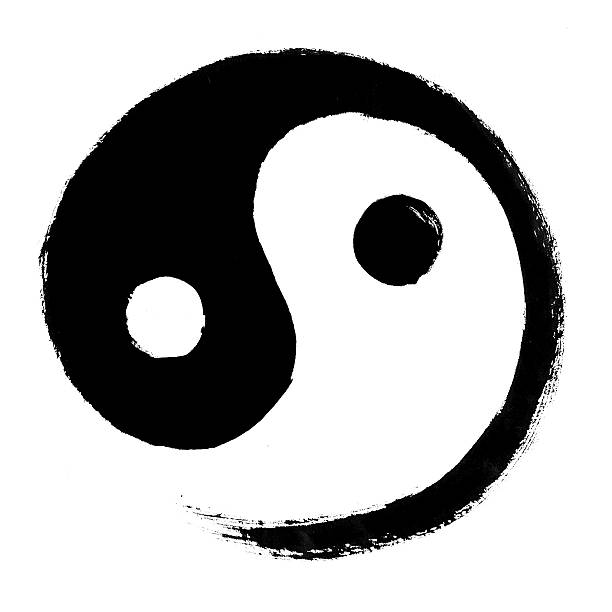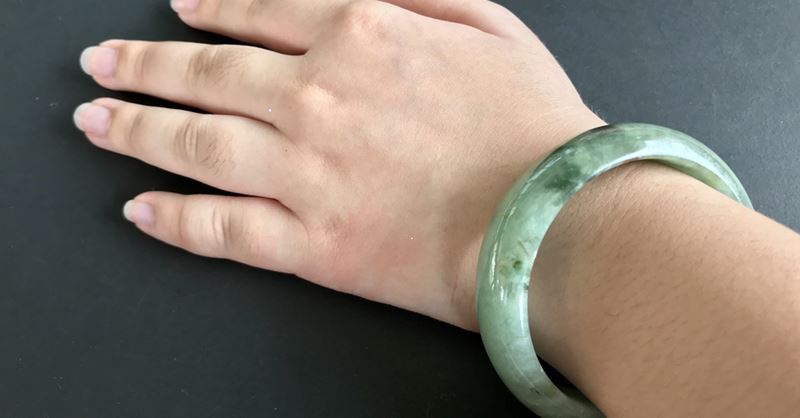Dragon

In traditional Chinese culture, the dragon (龙 long) is a symbol of power, nobility and honor, as well as a symbol of luck and success. In Chinese feudal society, the Chinese dragon symbolized the sovereignty of the emperors and all elements attributed to it were reserved exclusively for imperial power. The Chinese emperors were also called the sons of the dragons. The image of dragon in China differs much from the West: Chinese dragons have bodies like snakes and sharp claws like hawks.
The dragon is not only prevalent in China, but also very popular among Chinese living abroad; it has become the symbol of China and Chinese culture. One of the most typical elements of Chinese districts abroad is the New Year’s Dragon Dance: if features a long dragon, stretching up to 70 meters, built with bamboo hoops covered with shiny cloth and held by dancers. Dragon is also one of the animals of the Chinese zodiac: people born in the year of dragon are believed to be enthusiastic and confident, not afraid of challenges and willing to take risks.
The character 福 (fú)

It is one of the most recognizable Chinese characters because of its connection to the Chinese New Year. During the Spring Festival and the Chinese New Year, the character 福 (fú) is present in every corner of the country. We can see it on the decorations of doors of homes and businesses, in paintings and posters with a red background and in round, rhomboidal or square shape, with the word formed by golden or black strokes. It is also very common in the Chinese communities abroad.
福 (fú) means “happiness”, although over time it became associated with success, wealth and good fortune. This very popular symbol in its meaning of “good luck” is usually seen in an inverted way because when it is upside down, the resulted meaning is 倒 (dào), inverted, and 到 (dào) meaning to arrive. In Chinese language both are homophones, therefore, when 福 (fú) is placed upside down it means that happiness and luck have arrived, expressing it as: “福到了” (fú dào le).
Phoenix

Since the ancient times, the Chinese saw phoenix (凤凰 fènghuáng) as a symbol of warmth of the sun and the summer harvest. It was believed to be fuelled by fire, so it is usually depicted soaring above the flames or the solar disk.
The Chinese term, fenghuang, is composed of the characters feng 凤, the male phoenix, and huang 凰, the female phoenix. As you can see, in the beginning, “Fenghuang” did not refer to one bird, but to two. Together, they were a metaphor for the Yin and Yang symbol, as well as a representation of the solemn relationship between male and female.
Phoenix’s tail feathers are of five colors, representing the five cardinal virtues in Chinese culture: benevolence, justice, courtesy, wisdom and sincerity. This is why in ancient China it was believed that the phoenix, like the unicorn, appeared only when peace and order reigned in the empire. According to records, the first time a phoenix appeared was during the reign of Huang Di, the legendary Yellow Emperor (around 2600 BC). The bird also returned and nested in the palace of Emperor Yao in 2350 BC. Moreover, the Chinese believed that the bird appeared when a genius was born. Legend has it that the phoenix was seen when Confucius was born in 551 BC. Artists commemorate this occasion by drawing the phoenix soaring through the skies, while a unicorn is depicted wandering at the foot of a mountain.
Yin Yang

We have all at one time or another heard of the elements of Yin and Yang (阴阳) and have probably even seen some images that illustrate it. In Chinese culture these two represent the opposite principles in nature and, in a way, it shows the balance that everything in our surroundings needs to have, which is why it is so popular all over the world. The concept of Yin and Yang has a long history of at least 4 000 years.
Yin characterizes the feminine side or the negative nature of things, while yang represents the masculine or the positive side of everything. Yin and yang are a pair that is always together like the feminine and masculine, the sun and moon, hot and cold, dark and light, and active and passive, among many other examples.
Jade (玉 yù)

ored and revered jade and the tradition of jade craftsmanship has been always important for it. There is proof of religious ceremonies in Chinese lands that involved jade that were happening as early as 7 000 years ago!
Jade is a metamorphic rock that has a natural color of green, red, yellow or white. When polished and treated, the vibrant colors of jade can be extraordinary. The most popular type of jade in Chinese culture is soft green (翠绿cuìlǜ) jade, which has an emerald hue; since centuries, China has been importing it from Burma.
Chinese jade craftsmanship has a long tradition and much of its diversity is due to the different styles and meanings that jade assumed during various periods. It has a big social value in Chinese tradition: in the Book of Rites (礼记 Lǐjì), Confucius said that there are 11 virtues represented in jade: benevolence, justice, propriety, truth, credibility, music, loyalty, heaven, earth, morality and intelligence. It is quite a lot of meaning for one stone!

Jade archaeological artifacts from China include sacrificial vessels, tools, ornaments, utensils and many other items. Until nowadays, people in China may wear a jade bracelet to ward off evils: if the bracelet accidentally breaks, it means it has just succeeded in protecting its owner from some kind of misfortune.
Want to know more about China and Chinese culture and language? マヨット がお手伝いします。以下の記事をご覧ください:


